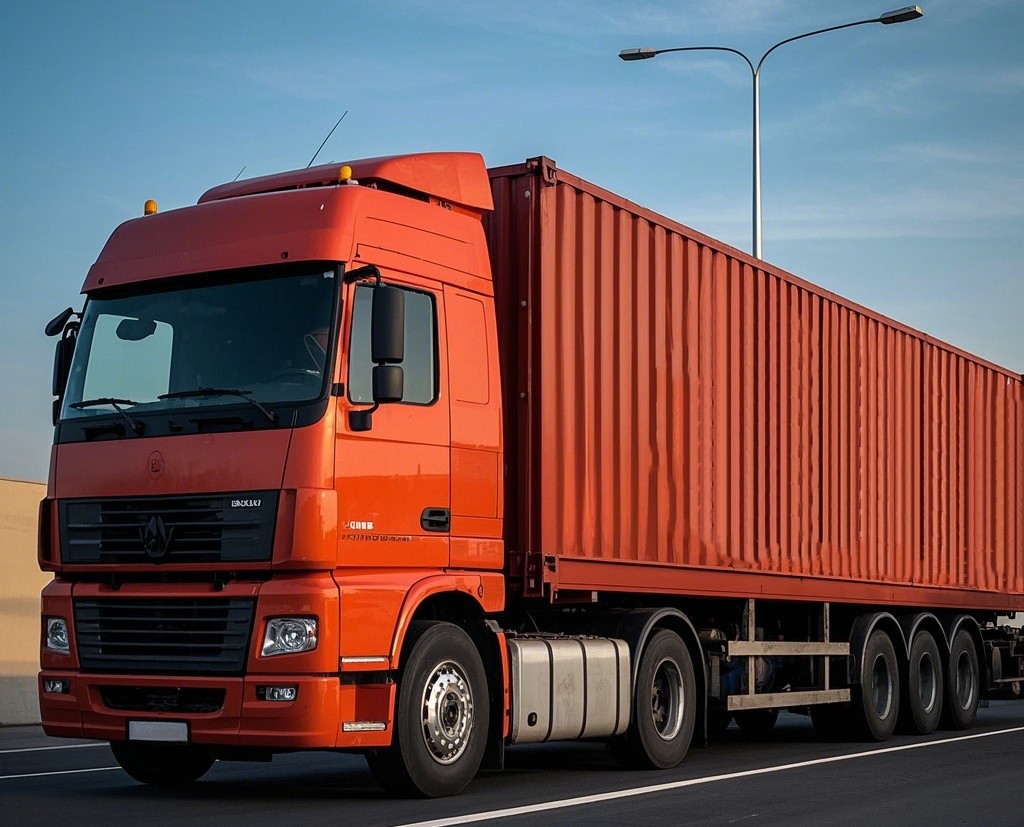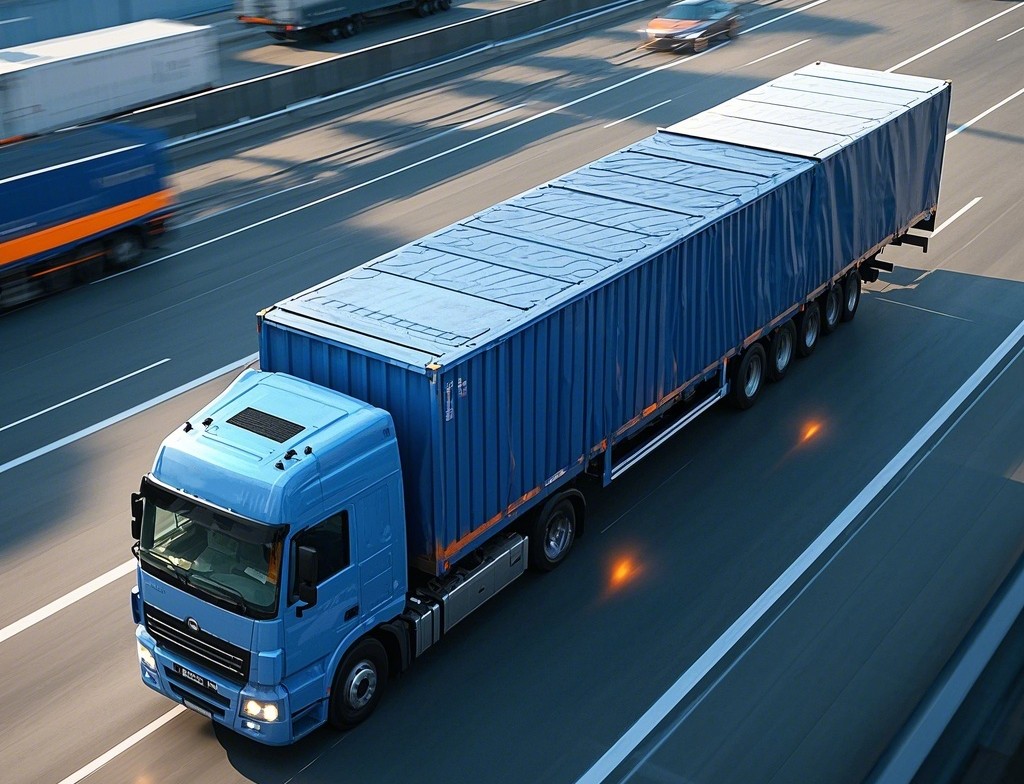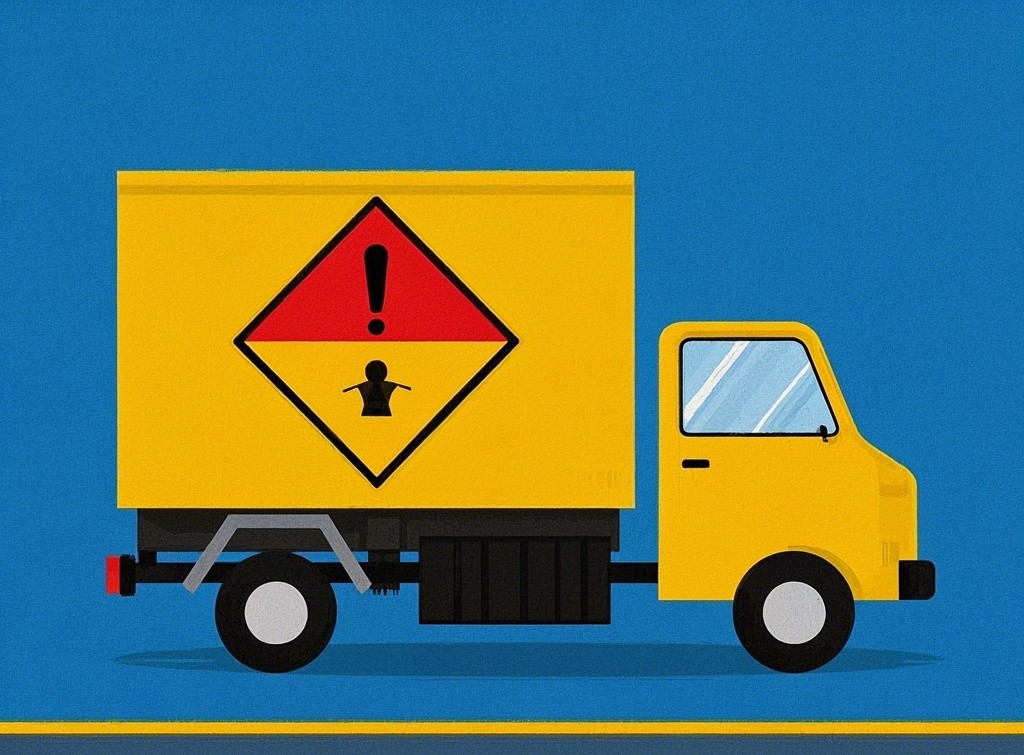في عالم الخدمات اللوجستية الدولية سريع الخطى، يُعد فهم أنواع الشحنات أمرًا بالغ الأهمية لتحسين سلاسل التوريد، وضمان الامتثال، وتقليل المخاطر. بالنسبة للشركات التي تشحن البضائع من الصين إلى روسيا وآسيا الوسطى وبيلاروسيا، فإن اختيار التصنيف المناسب للشحنات -عام أو خاص أو خطير—قد يُحدث فرقًا بين التسليم السلس والتأخير المُكلف. يُفصّل هذا الدليل هذه الفئات، ومتطلباتها الفريدة، ويُقدّم رؤى عملية مُصمّمة خصيصًا لممرات التجارة الأوراسية.

تشمل البضائع العامة بضائع غير حساسة وغير خطرة، ولا تتطلب مناولة متخصصة. تهيمن هذه البضائع على طرق التجارة بين الصين والأسواق الأوراسية بفضل بساطتها وفعاليتها من حيث التكلفة.
أمثلة:
السلع الاستهلاكية: الإلكترونيات، والمنسوجات، والآلات، والأدوات المنزلية.
البضائع السائبة الجافة: الحبوب المعبأة ومواد البناء والأجزاء الصناعية.
اعتبارات رئيسية للطرق الأوراسية:
التغليف: استخدم حاويات أو منصات نقالة قياسية لتحمل رحلات السكك الحديدية أو الطرق الطويلة، وخاصة في المناخات القاسية (على سبيل المثال، شتاء روسيا).
التوثيق: بسّط إجراءات التخليص الجمركي من خلال فواتير تجارية وسندات شحن دقيقة. تعاون مع مقدمي الخدمات اللوجستية المطلعين على لوائح الاتحاد الاقتصادي الأوراسي (EAEU) لتجنب الاختناقات الحدودية.
كفاءة التكلفة: اختر النقل المتعدد الوسائط (السكك الحديدية + الشاحنات) لتحقيق التوازن بين السرعة والقدرة على تحمل التكاليف للشحنات ذات الحجم الكبير.
نصيحة احترافية: قم بوضع ملصقات على الطرود باللغتين الإنجليزية والروسية/السيريلية لتبسيط التعامل في مراكز آسيا الوسطى مثل كازاخستان أو أوزبكستان.

تتطلب الشحنات الخاصة حلولاً مُصممة خصيصاً نظراً لحساسيتها وحجمها وقابليتها للتلف. تشهد هذه الفئة نمواً سريعاً في أوراسيا، مدفوعاً بالطلب على الأدوية الحساسة للحرارة، والإلكترونيات عالية القيمة، والآلات كبيرة الحجم.
الفئات الفرعية وأفضل الممارسات الإقليمية:
السلع التي يتم التحكم في درجة حرارتها:
أمثلة: اللقاحات والمنتجات الطازجة ومنتجات التكنولوجيا الحيوية.
الحلول: استخدم حاويات مبردة مزودة بمراقبة آنية لإنترنت الأشياء. تأكد من الامتثال للبروتوكولات الصحية للاتحاد الاقتصادي الأوراسي للمواد القابلة للتلف الداخلة إلى روسيا.
العناصر ذات القيمة العالية:
أمثلة: السلع الفاخرة، والأدوات الدقيقة، والأعمال الفنية.
الحلول: احمِ شحناتك المُتتبّعة عبر نظام تحديد المواقع العالمي (GPS) واستفِد من تأمين شامل ضد جميع المخاطر. في آسيا الوسطى، تواصل مع الوكلاء المحليين للحدّ من مخاطر السرقة.
البضائع الضخمة/الثقيلة:
أمثلة: توربينات الرياح والآلات الصناعية.
الحلول: خطط لمسارك مع تجنب الجسور المنخفضة في بيلاروسيا أو أوزبكستان. استخدم شاحنات مسطحة متخصصة، واحصل على تصاريح مسبقة للحمولات الكبيرة.
ملاحظة تنظيمية: تفرض كازاخستان وبيلاروسيا عمليات تفتيش صارمة على الشحنات كبيرة الحجم. تعاون مع وكلاء شحن ذوي خبرة في سير عمل الجمارك الأوراسية.

تتطلب البضائع الخطرة مناولة دقيقة لتلبية اللوائح الدولية والإقليمية. من المواد الكيميائية إلى بطاريات الليثيوم، قد يؤدي التصنيف غير السليم إلى غرامات أو رفض الشحنات.
التصنيف والمتطلبات الإقليمية:
المخاطر من الفئة 1 إلى 9: المواد القابلة للاشتعال والمواد المسببة للتآكل والمتفجرات (على سبيل المثال، البطاريات من الشركات المصنعة الصينية).
الامتثال للاتحاد الاقتصادي الأوراسي: التزم بمعايير GOST لوضع علامات DG والتغليف المعتمد من الأمم المتحدة. على سبيل المثال، يجب أن تجتاز بطاريات الليثيوم المُرسلة إلى روسيا اختبار GOST R 56352-2015.
الخطوات الحاسمة لشحنات المديرية العامة:
التوثيق: تقديم صحائف بيانات السلامة (SDS)، وإعلانات IATA للبضائع الخطرة، وشهادات الاتحاد الجمركي الأوراسي (CU-TR).
تمرين: تأكد من حصول الموظفين على شهادة وفقًا لمعايير IATA DGR أو ADR (أوروبا).
التوجيه: تجنب المرور عبر المناطق المعرضة للصراع في آسيا الوسطى. اختر خطوط السكك الحديدية مع شركات نقل معتمدة من المديرية العامة.
دراسة الحالة: تمكنت شركة صينية لتصدير المواد الكيميائية من تقليص التأخير بنسبة 40% باستخدام ممرات المديرية العامة المعتمدة مسبقًا من خلال بوابة خورغوس في كازاخستان.
تقييم المخاطر: قيّم قابلية التلف والقيمة ومستويات الخطورة. على سبيل المثال، تتطلب شحنات المواد الغذائية الرئيسية إلى بيلاروسيا تصاريح إضافية للسلامة من الحرائق.
تحليل التكلفة والفائدة: الشحن الجوي مناسب للبضائع ذات القيمة العالية/الحساسة للوقت، في حين أن السكك الحديدية مثالية لنقل البضائع العامة السائبة إلى روسيا.
اختيار الشريك: العمل مع مقدمي الخدمات اللوجستية الذين يقدمون خدمات متكاملة، بما في ذلك التخليص الجمركي والتخزين في أوراسيا.
روسيا: أعطِ الأولوية للنقل بالسكك الحديدية للبضائع العامة الحساسة للتكلفة. استخدم ميناءي سانت بطرسبرغ أو نوفوروسيسك للشحنات البحرية-السككية متعددة الوسائط.
آسيا الوسطى: استغل ميناء خورغوس الجاف في كازاخستان لنقل البضائع المعفاة من الضرائب إلى أوزبكستان وقيرغيزستان.
بيلاروسيا: استخدم خط السكك الحديدية السريع بين الصين وأوروبا (CRE) لتسليم البضائع إلى مينسك بشكل أسرع.
خاتمة
يُعد إتقان تصنيف البضائع أمرًا أساسيًا للنجاح في ظل بيئة اللوجستيات المعقدة بين الصين وأوراسيا. من خلال مواءمة شحناتك مع الفئة المناسبة،عام أو خاص أو خطير—تعزيز الكفاءة والامتثال ورضا العملاء. في عزيزي هيئة النقل بالسكك الحديديةنحن متخصصون في تقديم حلول لوجستية مصممة خصيصًا لروسيا وآسيا الوسطى وبيلاروسيا، ونقدم الخبرة في التخليص الجمركي والنقل المتعدد الوسائط وإدارة المخاطر.
هل تحتاج إلى مساعدة؟ تواصل مع فريقنا اليوم لتحسين استراتيجية شحناتك. استكشف خدماتنا على www.dearrailwaytransport.com.